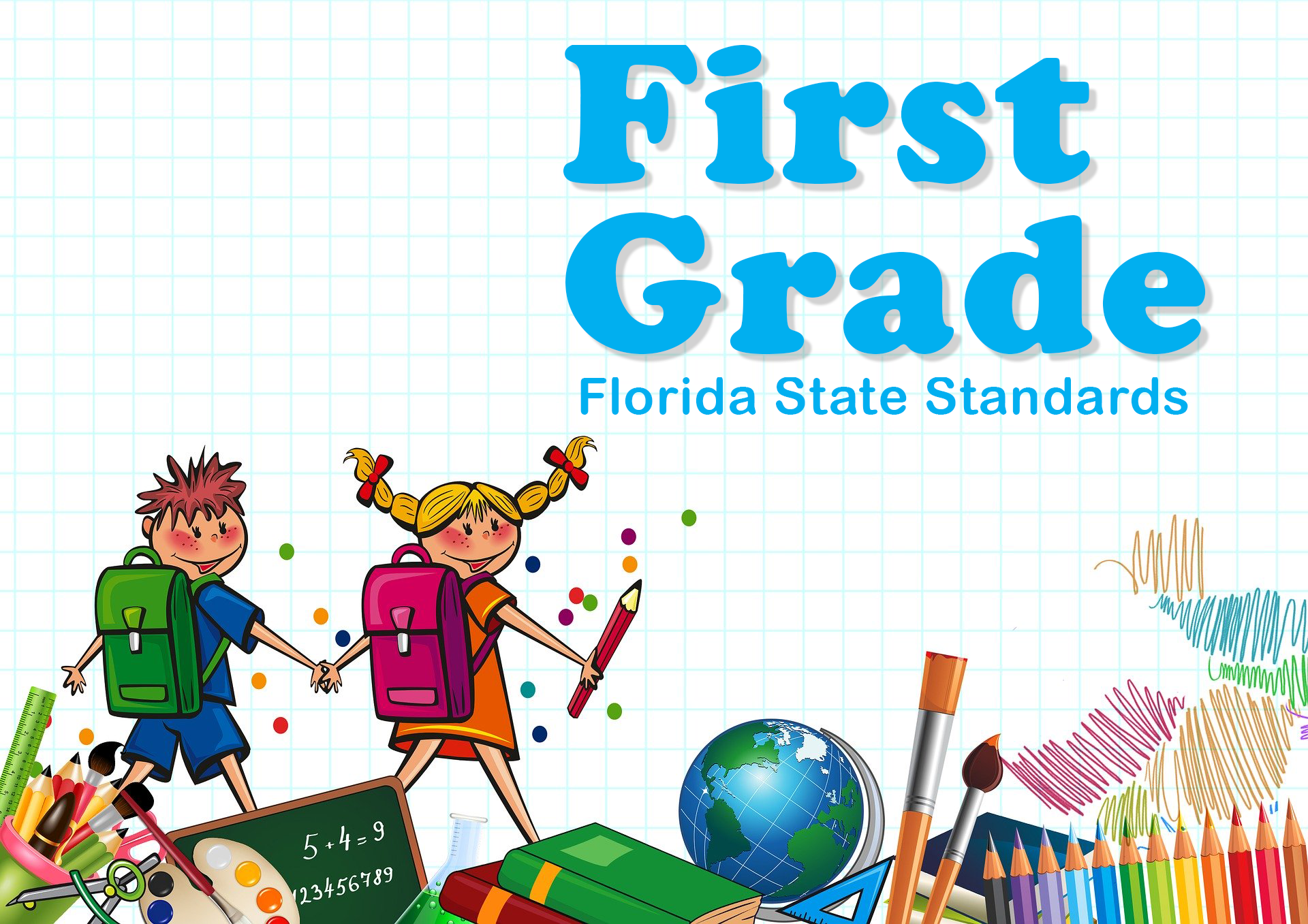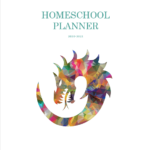We know that for many people, one of the first concerns they have with homeschooling is “falling behind.” While seasoned homeschoolers will tell you, there’s no such thing (all kids learn at their own pace, whether at home or school, and homeschooling gives you the freedom to move at that pace); sometimes it’s comforting to check-in with what’s required in the public schools. Reading through the state standards can be overwhelming if you aren’t a teacher, so we’ve condensed them into easy to read and understand plain language. You can access the original state standards on CPALMS.org
Use can use these standards to help you decide what level of curriculum to use, to keep track of gained skills during the year, or to assess progress throughout the year.
Download the Checklist for First Grade Florida State Standards.
ENGLISH LANGUAGE ARTS (ELA), FIRST GRADE
WRITING
- Print upper and lowercase letters
PHONICS
- Distinguish long from short vowel sounds in spoken words
- Blending sounds, including consonant blends, into single-syllable words
- Isolate and pronounce phonemes (sounds)
- Segment single-syllable words
SPELLING
- Know the spelling-sound relationship between letter combinations (digraphs)
- Decode regularly-spelled one-syllable words
- Recognize silent E (including long-vowel relationship)
- Know every syllable must have a vowel sound
- Decode words by breaking into syllables
GRAMMAR WHEN WRITING OR SPEAKING
- Use various parts of speech, including: nouns, verbs, pronouns, adjectives, conjunctions, prepositions, and determiners
- Convey a sense of past, present, future
SENTENCE STRUCTURE
- In response to prompts, produce and expand different types of sentences, including: declarative, interrogative, imperative, and exclamatory
- Capitalization, beginner understanding of proper placement of lower and uppercase letters
- End punctuation
- Identify and create simple, complete sentences
- Commas, beginner familiarity of comma placement
WORD RELATIONSHIPS, NUANCES, AND MEANINGS
- Sort words into categories
- Define words by attributes
- Distinguish shades of meaning (look, peek, glance, stare, glare, scowl)
- Distinguish intensity of words (large, gigantic)
VOCABULARY
- Begin to use sentence-level context clues to find the meaning of words
- Begin to use root words or affixes (suffix, prefix), to find the meaning of words
READING
- Read on-level text with purpose and understanding, rate, and expression
READING COMPREHENSION
- Identify the main idea of text
- Retell key details of a text
- Ask and answer questions about a text
- Define the connection between characters, events, ideas, information, etc. in a text
- Use features, such as index, headings, etc., to find information in a text
- Use illustrations to describe details or main ideas
- Compare/contrast books/texts on the same topic or theme
- Compare/contrast characters or experiences within a text
- Identify feelings or emotions expressed or inferred within a text
- Identify the narrator(s) of a text
- Acknowledge familiarity with poetry
- Capability of having a mutual conversation about elements of a text
- Expression of opinions about information read
COMPOSITION
- Introduction to writing informative/explanatory texts in which a topic, facts, and closure are included
- Introduction to writing narratives in which sequenced events, minor details, and some sense of closure are included
- Accept guidance from adults/peers regarding details, questions, or otherwise strengthening written assignments
Download the Checklist for First Grade Florida State Standards.
MATH, FIRST GRADE
GEOMETRY
- Identify, draw, and construct shapes using defining attributes
- Create two and three-dimensional shapes, including combing them to make new shapes
- Partition two-dimensional shapes into two and four equal shares, identifying fractions or sections as halves and fourth (quarters)
MEASUREMENT
- Order and compare objects by length
- Understand how to use a ruler to measure length to the nearest inch
TIME
- Tell and write time to the hour and half hour using analog and digital clocks
MONEY
- Identification of pennies, nickels, dimes, and quarters
- Count and identify the value of combinations of currency up to $1.00
PLACE VALUE/NUMBER FLUENCY
- Count, represent, read, and write numerals up to 120
- Comprehend place value of two-digit numbers
- Decompose two-digit numbers in multiple ways using tens and ones
- Compare two-digit numbers using symbols (<, >, =)
- Within 100, add two-digit to one-digit numbers or multiples of ten, identifying strategies based on place value to compose a ten when adding ones. Articulate method and reasoning of computation strategy.
- In addition, use strategies based on place value to compose a ten when adding ones
EQUATIONS
- Relate counting to addition and subtraction
- Recognize the relationship between addition and subtraction (number families)
- Reading and constructing addition and subtraction equations, including symbols
- Fluent addition and subtraction within 20, including finding the missing number
- Mentally find ten more or less given a two-digit number
- Addition within 20 of three or more whole numbers
- Within 100, add two-digit to one-digit numbers or multiples of ten. Articulate method and reasoning of computation strategy.
- Use addition and subtraction within 20 to solve word problems (not including reading independently)
DATA ANALYSIS
- Interpret, organize, or represent data on a chart or graph with up to three simple categories
Download the Checklist for First Grade Florida State Standards.



